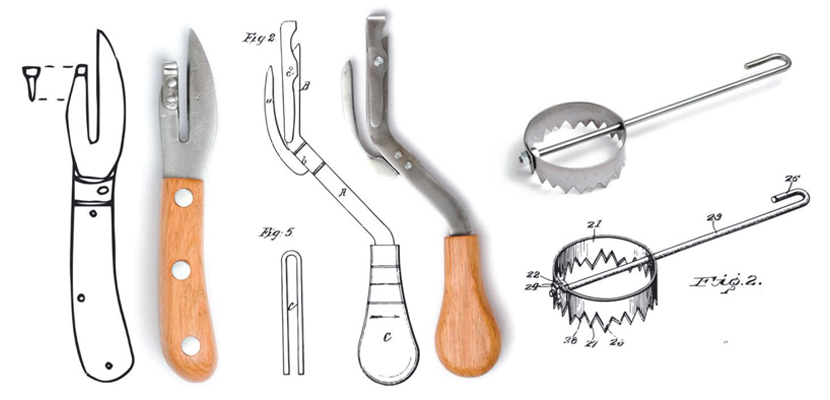Bottle and Can Openers as Levers
By Henry Petroski
A simple machine can take on myriad forms to get the job done, but all the variations still operate on the same mechanical principles.
A simple machine can take on myriad forms to get the job done, but all the variations still operate on the same mechanical principles.

In high school, my classmates and I learned that many things come in threes. In trigonometry class, we naturally were introduced to the properties of figures with three sides and three angles. In civics class, we were told that there are three branches of the U.S. government: the legislative, the executive, and the judiciary. In Latin class, we translated the opening sentence of Caesar’s Gallic Wars—“Gallia est omnis divisa in partes tres”—as “All Gaul is divided into three parts.” And in physics class, we learned about Newton’s three laws of motion and also that there are three classes of levers (class 1, class 2, and class 3), each with three points of interest: the fulcrum, the load, and the effort, but with the positioning of the load and effort varying with respect to the fulcrum in each class of lever.

Image courtesy of Steve Hoefer and Make: magazine.
Click "American Scientist" to access home page
American Scientist Comments and Discussion
To discuss our articles or comment on them, please share them and tag American Scientist on social media platforms. Here are links to our profiles on Twitter, Facebook, and LinkedIn.
If we re-share your post, we will moderate comments/discussion following our comments policy.